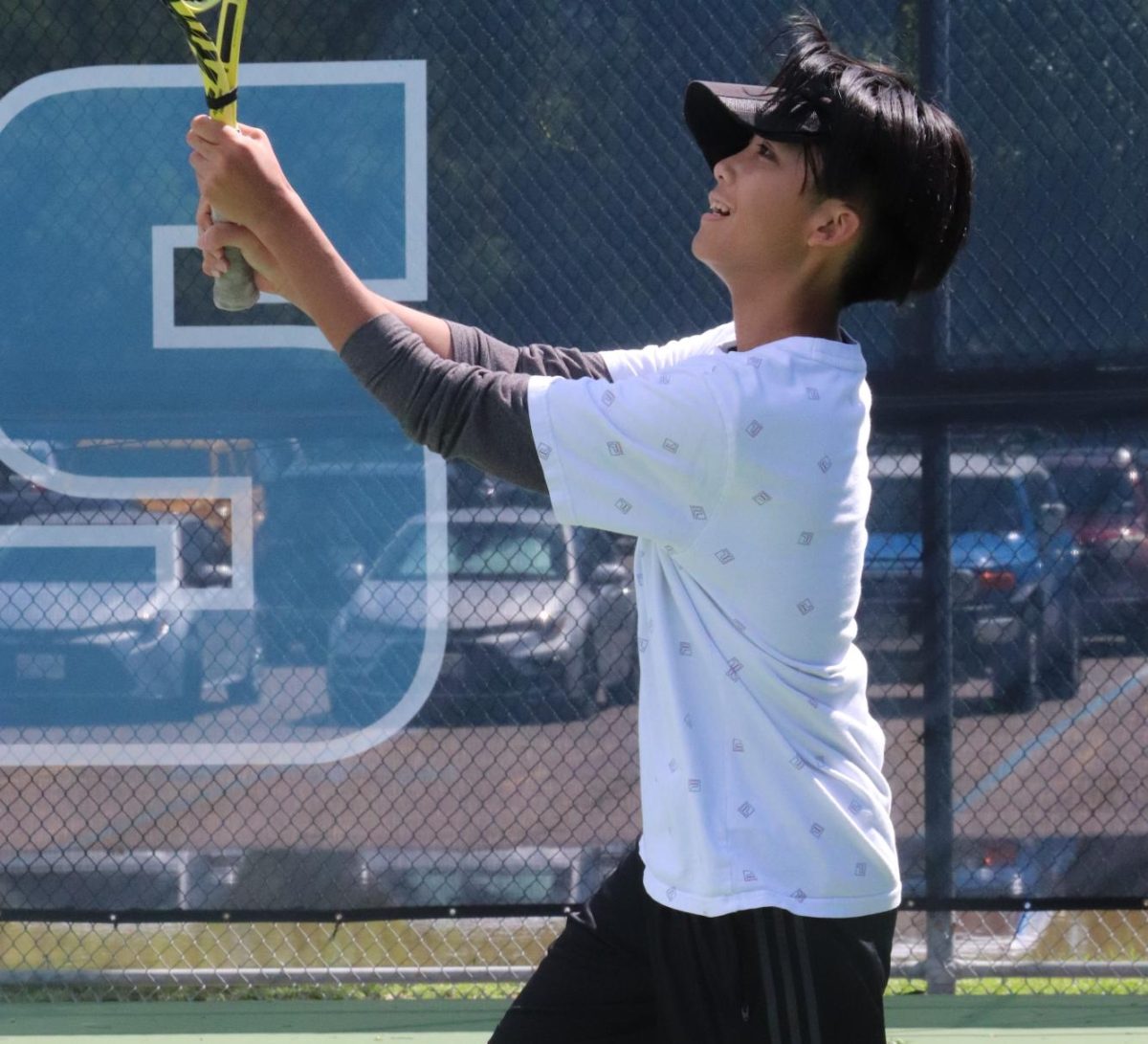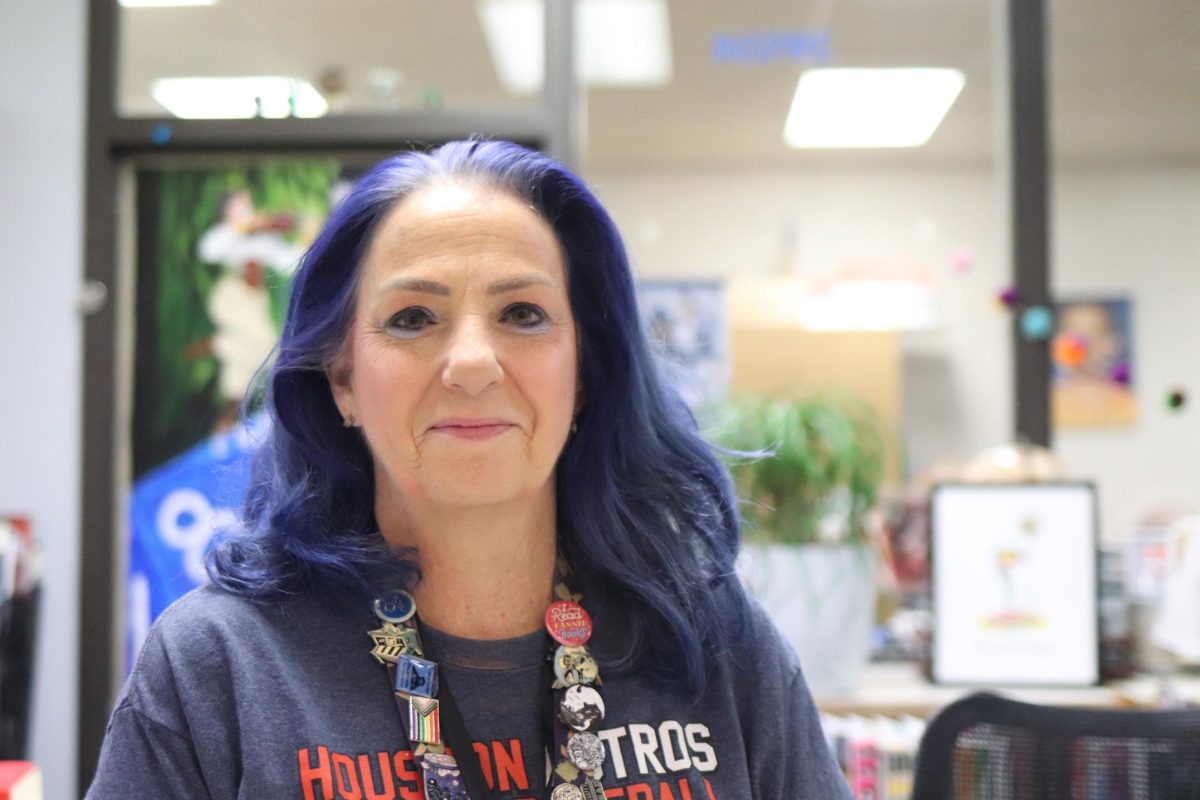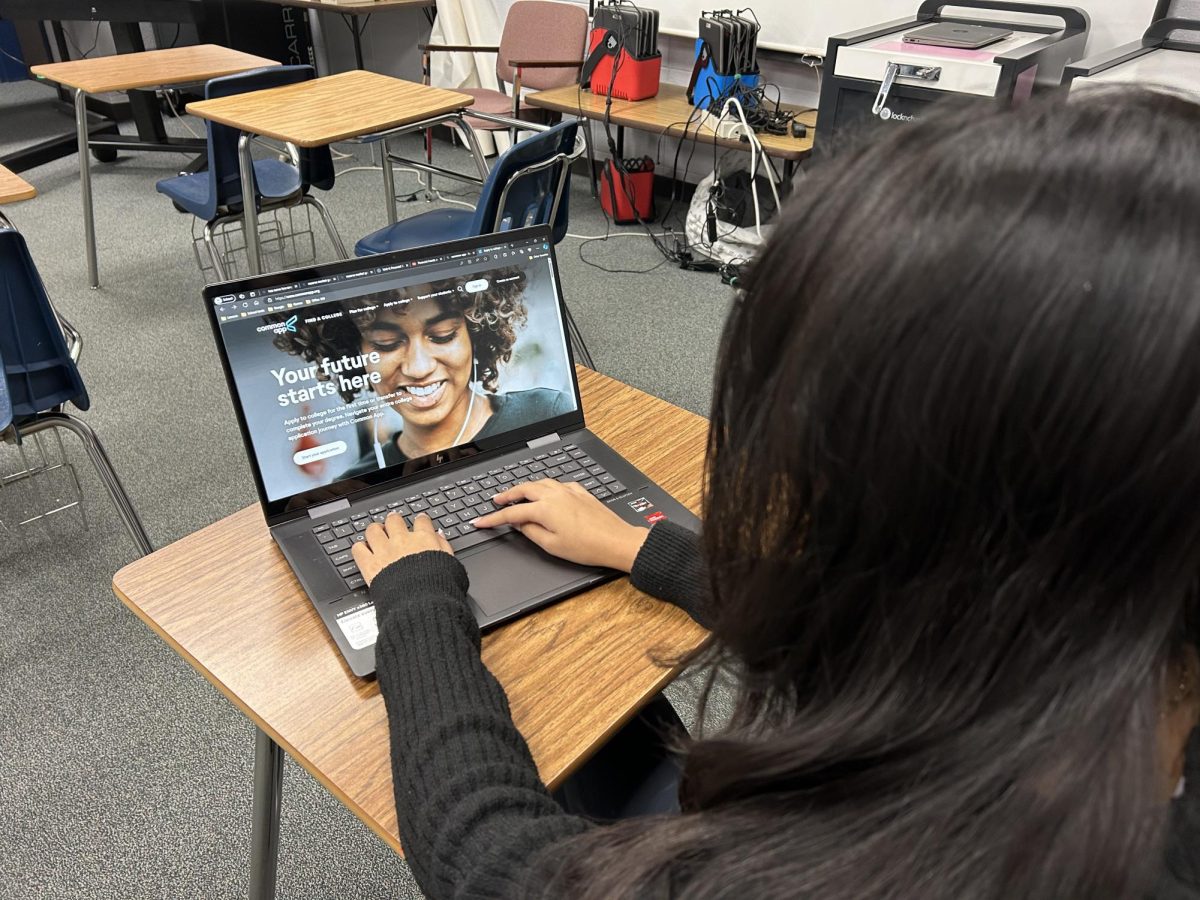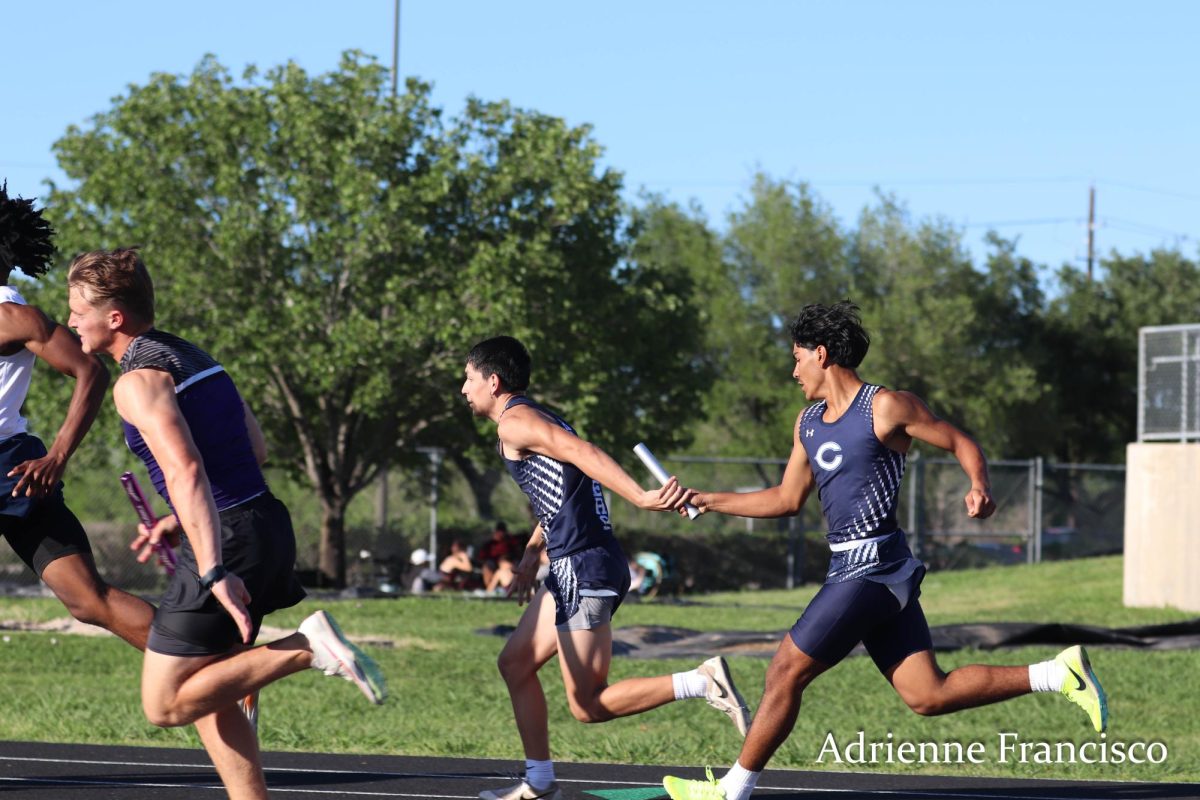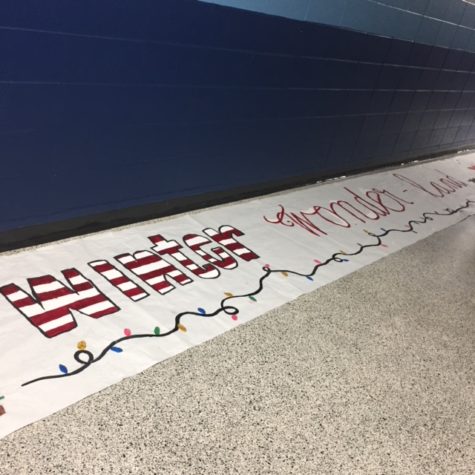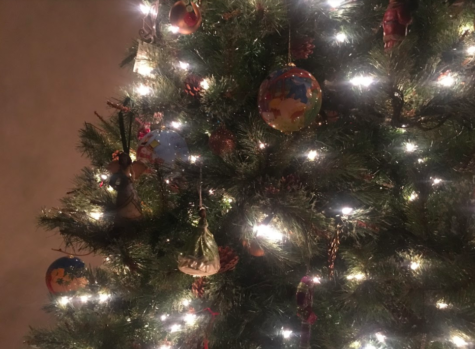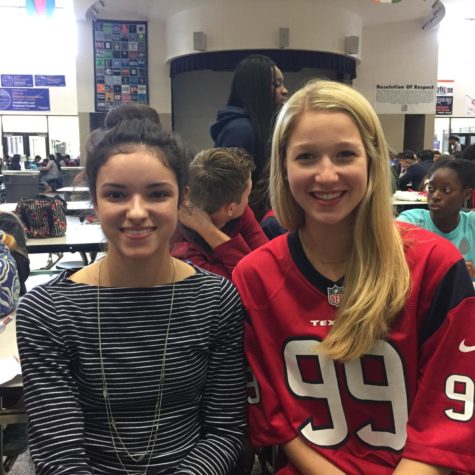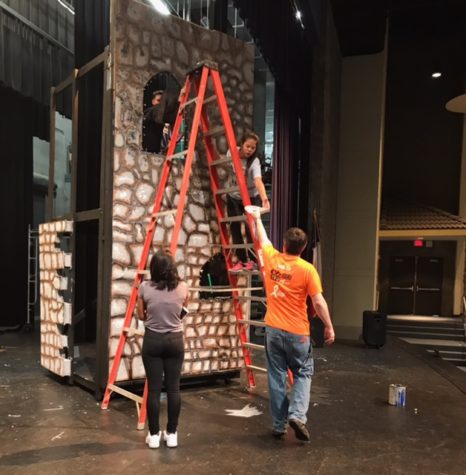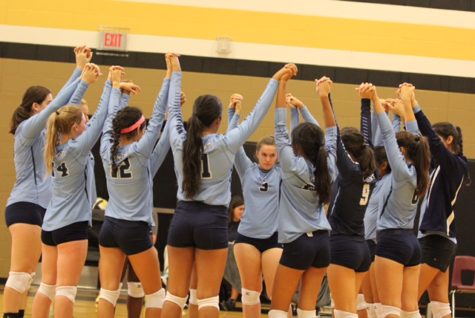Why Air Jordans aren’t Selling Out Anymore
January 21, 2016
The Air Jordans took the world by storm in 1985 with the release of the Jordan 1. Since the original release of the Air Jordan 1 in 1985, 29 new models have been released. The last pair was the Jordan 29, which came out in 2014. The new Jordan 30’s are set to release on February 12th. With the continuation of the shoe line for over 30 years, the shoes clearly sell extremely well. Michael Jordan has sold over $2 billion worth of Air Jordans, and continues to make around $100 million annually despite not having played in the NBA for over a decade. Despite the success in the past, Jordans have recently stopped selling out the way they used to before.
It used to be that you would have to wait in lines or know the right person to get the new pair of Jordans. These days, you can walk into a store and see the new retro pair of Jordans sitting on the shelf, weeks or even months after they come out. Recent examples of shoes that have followed this trend are the Jordan 8 Aqua and the Jordan 6 Maroon. Both are re-released versions of the original ones that came out in the early 90’s. So, why are Air Jordans sitting on the shelves?
The main culprit is the oversupply of the shoes. Using data from Campless, a website that compiles data about shoes, there have been 80 Jordan retro’s released since 2013. 80 new pair of Air Jordans within 3 years is a huge number. With that many shoes, Jordans are becoming less rare and easier to get. The shoes have also seen an increased retail price, usually around $10-30. Through an oversupply of shoes along with a markup in price, Jordans stay on the shelf.
In my personal opinion, I think that this is great. I finally have an opportunity to buy a pair. No longer will people have to wait in line for hours to get the Jordan’s they want. They can walk into the store weeks after a new release and have no problem getting the shoe they want. Now, new shoes such as the Adidas Yeezy are replacing the spot Air Jordans originally held.



